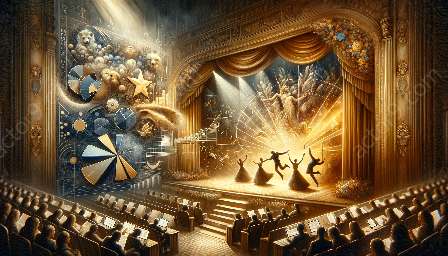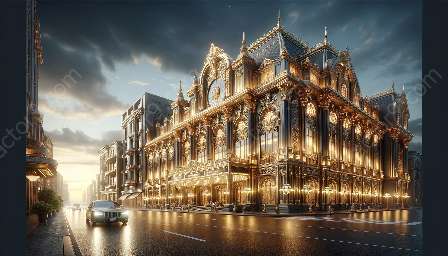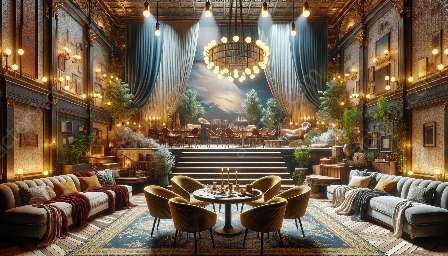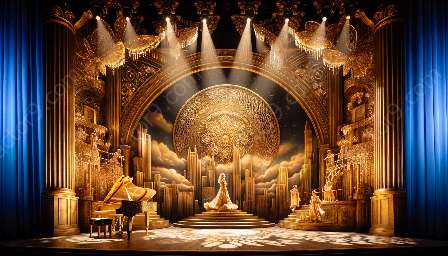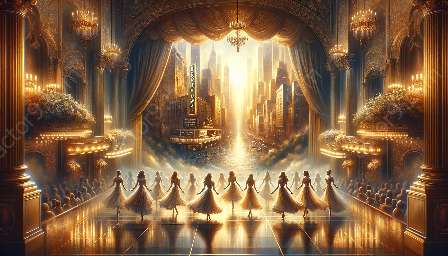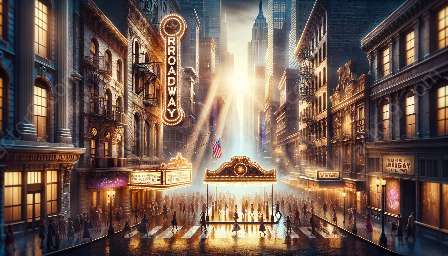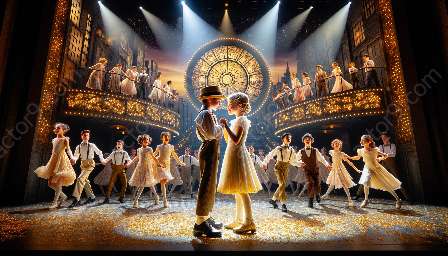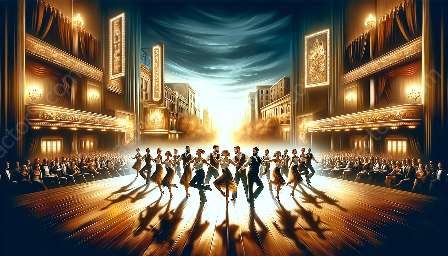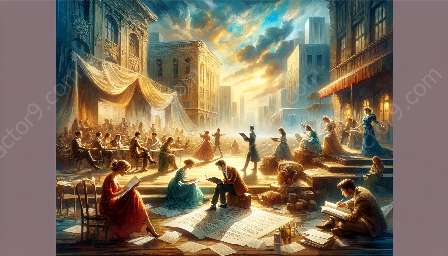When it comes to Broadway theatres and musical performances, architectural design plays a significant role in creating the perfect atmosphere for the audience. The differences between musical theatres and traditional playhouses can be seen in various elements of their design, including stage size, acoustics, seating arrangements, and overall aesthetic. Let's delve into the details of these architectural variances to better understand the unique aspects of musical and traditional theatre design.
Broadway Theatres Architecture
Broadway theatres are renowned for their grandeur and historical significance. The architectural design of these theatres often reflects the opulence and extravagance of the productions they host. Many Broadway theatres boast ornate facades, intricate interior decorations, and plush seating arrangements, all contributing to a luxurious and immersive theatre experience.
Stage Size and Configuration
One of the key differences in architectural design between musical theatres and traditional playhouses lies in the stage size and configuration. In musical theatres, the stages are typically larger and more adaptable to accommodate elaborate set changes, intricate choreography, and grand musical numbers. Conversely, traditional playhouses often feature smaller, more intimate stages that cater to a wide range of dramatic performances.
Acoustics and Sound Systems
Acoustic considerations also set musical theatres apart from traditional playhouses. Musical theatres are designed to optimize sound projection and clarity to ensure that the audience can fully appreciate the complex musical arrangements and vocal performances. Advanced sound systems and acoustical treatments are integral to the architectural design of musical theatres, whereas traditional playhouses prioritize spoken dialogue and dramatic effects in their acoustical planning.
Seating Arrangements
The layout and arrangement of seating in musical theatres differ significantly from that of traditional playhouses. In musical theatres, seating is often arranged to provide optimal views of the entire stage, allowing audiences to witness the spectacle of large-scale musical productions from various vantage points. Traditional playhouses, on the other hand, focus on creating an intimate setting where audience members are in close proximity to the performers, fostering a more immersive theatrical experience.
Aesthetic and Atmosphere
The aesthetic appeal and overall atmosphere of Broadway theatres and musical performance venues also factor into their architectural design variances. Musical theatres often prioritize modern amenities and technological advancements to support the complex production requirements, while traditional playhouses exude a timeless charm and historical significance that resonates with classic theatrical sensibilities.
Broadway and Musical Theatre
When discussing the architectural differences between musical theatres and traditional playhouses, it's essential to consider the specific nuances of Broadway and musical theatre designs. Broadway, as the epicenter of theatrical entertainment, showcases a diverse array of architectural styles and influences, with each theatre bearing unique characteristics that reflect the era in which it was built and the productions it hosts.
Iconic Broadway Theatres
Iconic Broadway theatres such as the Gershwin Theatre, home to the long-running musical 'Wicked,' and the majestic Palace Theatre, known for its rich history of hosting legendary performances, exemplify the grand architectural traditions associated with Broadway. These theatres incorporate opulent features, expansive stages, and luxurious interiors, all contributing to the allure and magnificence of musical theatre productions.
Evolution of Musical Theatre Design
The evolution of musical theatre design reflects an ongoing pursuit of innovation and creativity in architectural planning. While traditional playhouses embrace a sense of heritage and tradition, musical theatres continue to push boundaries with contemporary design elements, state-of-the-art technical facilities, and dynamic stage configurations that cater to the evolving demands of modern musical performances.
Cultural Impact
Broadway and musical theatre architecture hold immense cultural significance, representing a fusion of artistic expression and architectural ingenuity. The architectural designs of these theatrical spaces not only facilitate the production of captivating performances but also serve as iconic landmarks that contribute to the vibrant cultural tapestry of New York City and beyond.
Conclusion
In conclusion, the architectural differences between musical theatres and traditional playhouses encompass various aspects ranging from stage size and acoustics to seating arrangements and overall aesthetic. Broadway theatres and musical performance venues continue to captivate audiences with their distinct architectural designs, each embodying the rich history and artistic vitality of the theatrical world.










